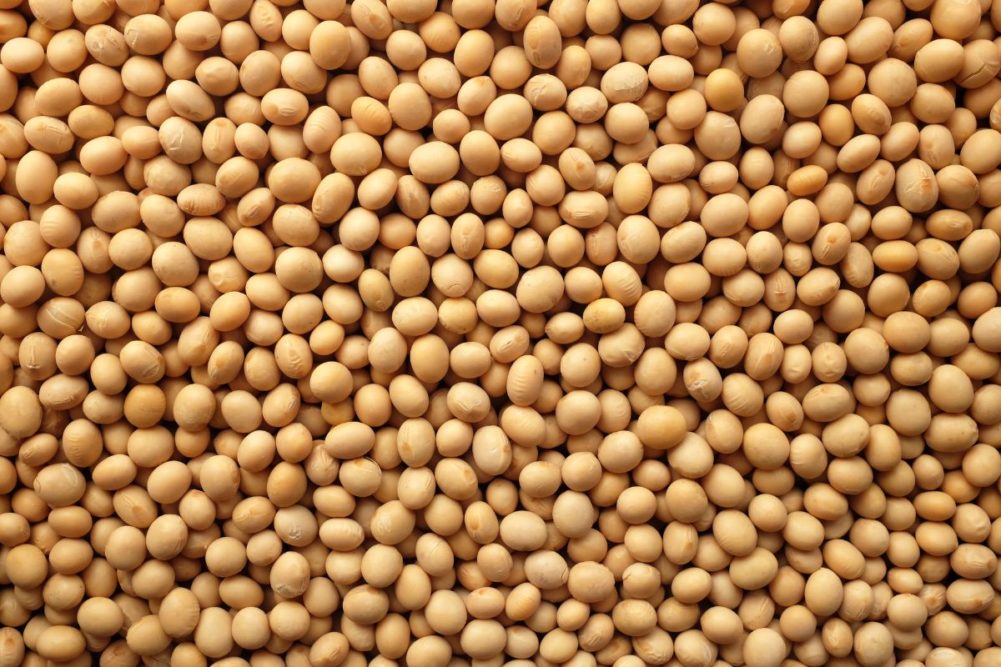SEOUL, SOUTH KOREA — South Korea’s soybean production is expected to hold steady in 2023-24 and gradually increase with government incentives aiming to improve food self-sufficiency.
Production is estimated at 0.13 million tonnes, unchanged from 2022-23, according to a report from the Foreign Agricultural Service of the US Department of Agriculture (USDA). The government is aiming to increase its food self-sufficiency rate from 44.4% in 2021 to 55.5% in 2027, with soybeans for food use rising from 23.7% in 2021 to 43.5% in 2027.
Soybeans are the mostly heavily consumed oilseed in South Korea. Consumption is estimated to increase slightly in 2023-24 to 1.44 million tonnes. Of that, 1.02 million tonnes will be used for crushing and 0.34 million tonnes will be used for food such as tofu, soymilk and soy sauce.
Soybean imports are expected to remain unchanged at 1.3 million tonnes. Nearly all vegetable meal produced in South Korea is from imported soybeans. Most of that meal, and imported meal, is used in compound feed production.



